We’ve taken a preliminary look at Kingman Minerals (TSXV: KGS) and find it quite interesting. Going by historical numbers, they may have quite a strong gold and silver play in Arizona. The stock price did extremely well in the month of April, although that is somewhat tempered by the fact that the more-than-apparent tightness of the float has so far made for very light trading. It closed on Friday up a penny to 21 cents.
The company was formerly known as Astorius Minerals, and completed a name change on March 16, 2020 to that of Kingman Minerals.
A Look at the Share Structure
Shares Issued: 23.3M
Warrants Outstanding: 15.98M
Options Outstanding: Nil
Fully Diluted: 39.2M
The company recently conducted a private placement which closed on February 7, 2020. The financing added $1,045,230.05 in gross proceeds to company coffers, while issuing 15,484,889 common shares at a price of $0.0675. An equal number of warrants were issued, with an exercise price of $0.09 and an expiry of two years.
Notably, “Insiders of the Company subscribed for a total of $158,253.75, and Pro-Group members will be subscribing for a total of $153,763.72.”
As per the company, “Proceeds from the placement will be used for general working capital and further exploration and development activities.” This is good, as the monies are in the treasury and not being used for previous debt.
The company also conducted a 10:1 reverse split on May 31, 2019 to get the structure right sized.
A Closer Look at the Share Structure:
- There are less than 8 million shares in the float and the vast majority were bought at higher prices than the current share price.
- The private placement comes free trading in 5 weeks.
- Insiders and pro-Insider groups investors took down roughly 30% of the private placement.
- Looking at the past of the company, it’s safe to say that Insiders and their friends had a large amount of the shares pre-rollback.
- An educated guess is that insiders and friends own at least 50% of the outstanding shares.
OK, so we know Kingman is quite tight and is funded. So, what to make of its two projects, the Mohave Project and the Cadillac East Project? Well, the Mohave Project is definitely Kingman’s flagship project, and the probable reason for the stock move. For those reasons, and in the interests of brevity, the latter, a Quebec nickel play, will be discussed at a later date.
The Mohave Project
Mineral Targets: Gold & silver.
Location & access: Located in the Music Mountains in Mohave County, Arizona. The project is 35 miles from the town of Kingman with direct access by car from Historic Route 66 and Antares Road.
Jurisdiction: Mohave County, Arizona, US
Property Size: 20 lode claims, inclusive of the historic Rosebud Mine (167 hectares).
Ownership: Option agreement to own 100% over 4 years.
Acquisition Cost: $289k over 4 months. The seller retains a 2% Net Smelter Royalty (NSR), purchasable by Kingman. 2.5M common shares were given to the seller as well.
“Plan view of the Rosebud Mine workings showing the 100, 200 and 250-foot levels of the mine and the trace of the veins at surface (from Guilinger, 2013).”
“Rosebud was discovered in the 1880’s and was mined mainly in the late 20’s and 30’s. The underground workings consist of a total of 2,300 feet of drifts, raises and crosscuts. Mining took place pre-dominantly at the 100-foot level. Two major stopes are present from which approximately 3,000 tons of ore was removed.”
“The most recent mapping of the Rosebud mineralization zones was in March of 1984. The mapping was carried out below the surface and on the surface. Extensive sampling of the mineralized shear zones was conducted in order to delineate ore zones. The assay results of 139 samples as well as the results of an October 1983 sampling program were used to delineate and postulate ore zones in the Rosebud Mine area. The outlined ore is possible and probable (note these are neither 43-101 nor JORC compliant). According to this data, probable ore is 15,560 tons. Possible (Inferred) ore is comprised of 176,000 tons and additional possible (Inferred) ore is spread across 8 parallel to sub parallel veins on the Rosebud Property and total slightly over 1,100,000 tons. Total contained gold ounces for all categories are estimated at 664,000 ounces and contained silver at 2,600,000 ounces.** Kingman intends to twin these results in order to confirm the veracity of the data.”
Note: The historic numbers are not 43-101 compliant.
Kingman has fired off two News Releases in quick succession, and these make the Mohave/Rosebud story even more appealing. From April 15, Kingman Prepares Exploration Strategy for Mohave Project and Historic Rosebud Mine as Price of Gold Hits New Highs, and from April 30t, Kingman Explores Mohave Historic Mines as Price of Gold Continues to Rise.
Pictures from the former news releases show that the Rosebud truly was a working mine.
“1928-1930 plan drawn for the Portland Mitzpah Mining Company by R.G.Jacobson, a mining engineer, shows the underground development at the Rosebud Mine.”
“Jacobson’s plan also shows eight mineralized blocks, A to G and #3, with estimated tonnage, dollar-value gold per ton (1928-1930 gold value was approximately US$20.65/ton), and block width. Gold dollar-values are also indicated along drifting. Table 3 summarizes Jacobson’s data.”
“Summary of Jacobson’s data from the eight identified mineralized blocks (from Harrington, Edward, 2005, Technical Report on the Rosebud Property, Mohave County, Arizona: NI 43-101 Report for Kent Exploration Inc., 108p.)”
“This data estimates that theKire was a total of 24,820.4 (772,001 grams) contained gold ounces combined in the 8 identified blocks. Calculations performed by the Ed Harrington B.Sc. P.Geo (2005) show an overall gold grade of 1.148 ounces per ton (39.353 grams per ton) for the 21,621 tons indicated in the mineralized blocks on Jacobson’s plan.”
Questions to Ask and Points to Make
1. Kingman is in a great gold area, and it does look like they have an old mine they can get at for underground mining. All the numbers, though, are historical. A very big question is whether they can twin these historical numbers and make everything 43-101 compliant.
2. Can Kingman successfully mine the stopes? Doing so would not only bring great credibility to the company, it would bring in money to the treasury. Perhaps a lot of money.
3. Doing #2 successfully might mean that underground mining would pay for future drilling.
4. #2 and #3, together, might keep the current tight share structure intact.
5. All the above would probably allow Kingman to build up their number of ounces, which would probably play well with the Share Price.
We will be keeping a close eye on Kingman Minerals. With cash in the treasury and historical numbers that look very promising, our guess is that they will quickly push the Mohave Project forward.
I welcome your comments and ideas regarding this article.
Information for this briefing was found via Sedar and Kingman Minerals. The author has no securities or affiliations related to this organization. Not a recommendation to buy or sell. Always do additional research and consult a professional before purchasing a security. The author holds no licenses.

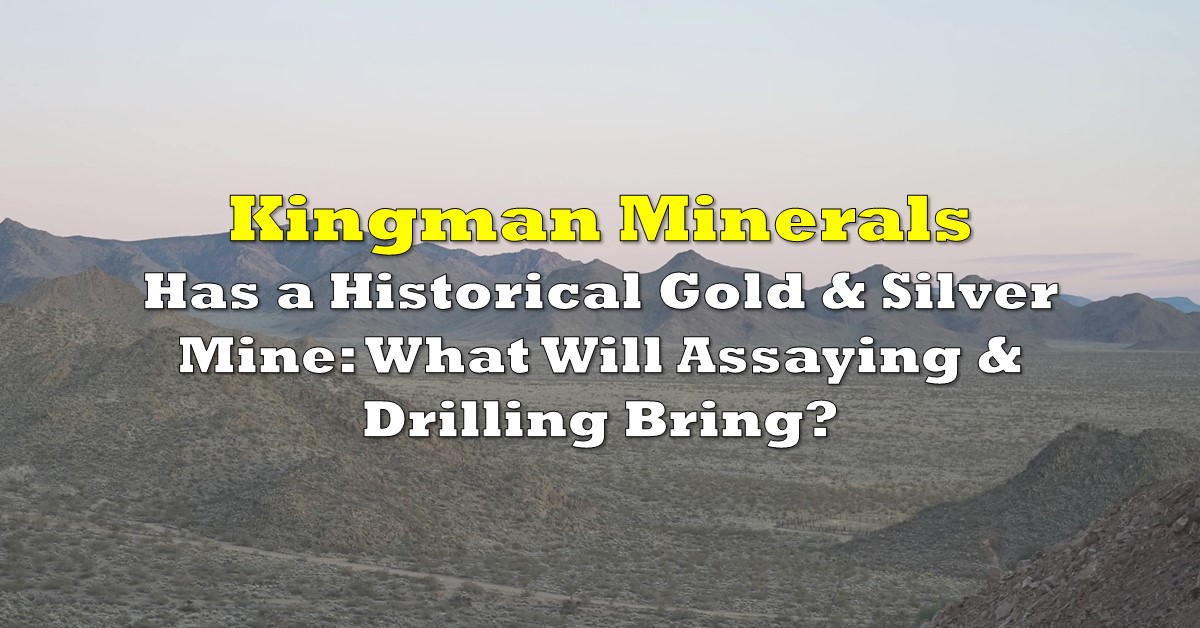



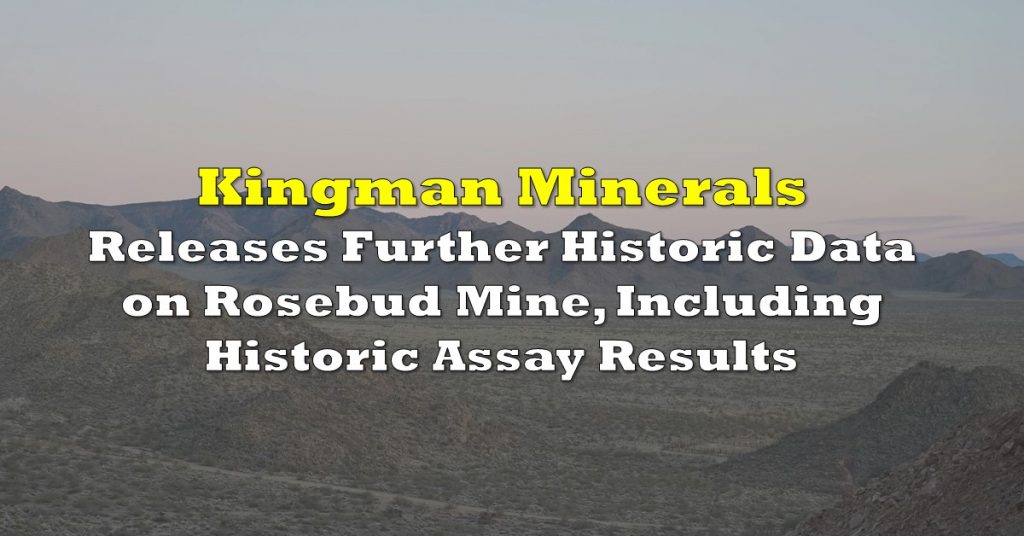
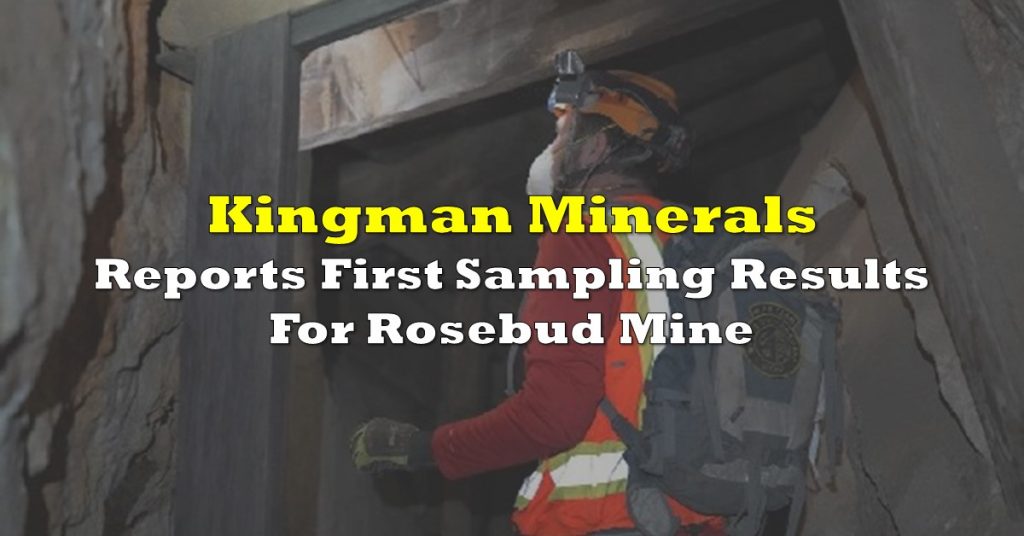
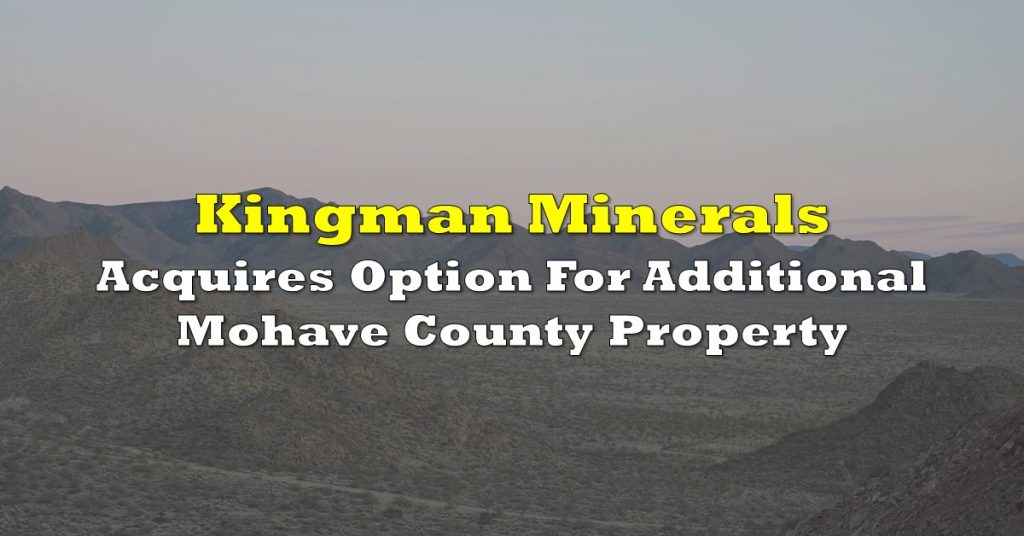
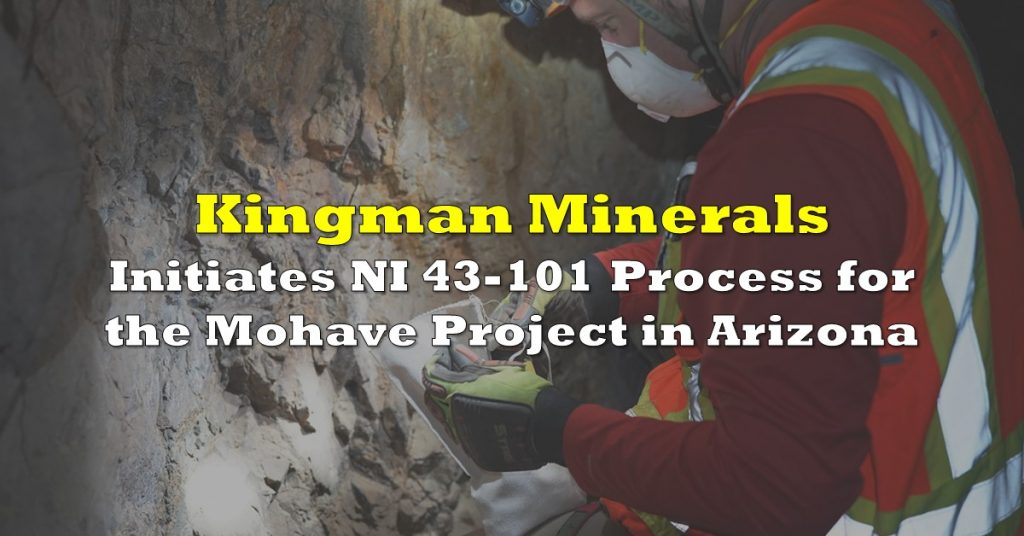
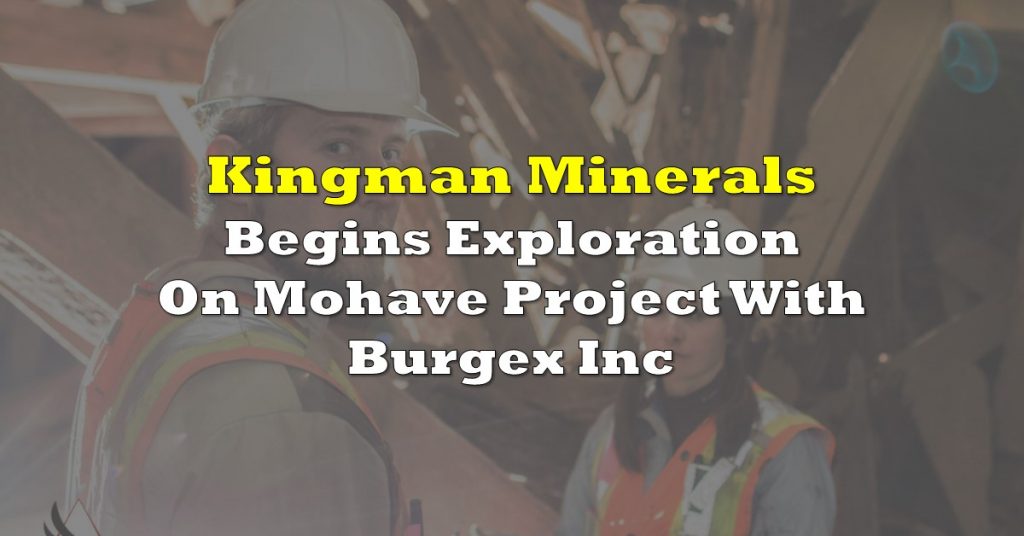
2 Responses
Gus – whats your background my man?
This is interesting if gold can run to $2000. Wakes up when we get there, then this is a sexy story.